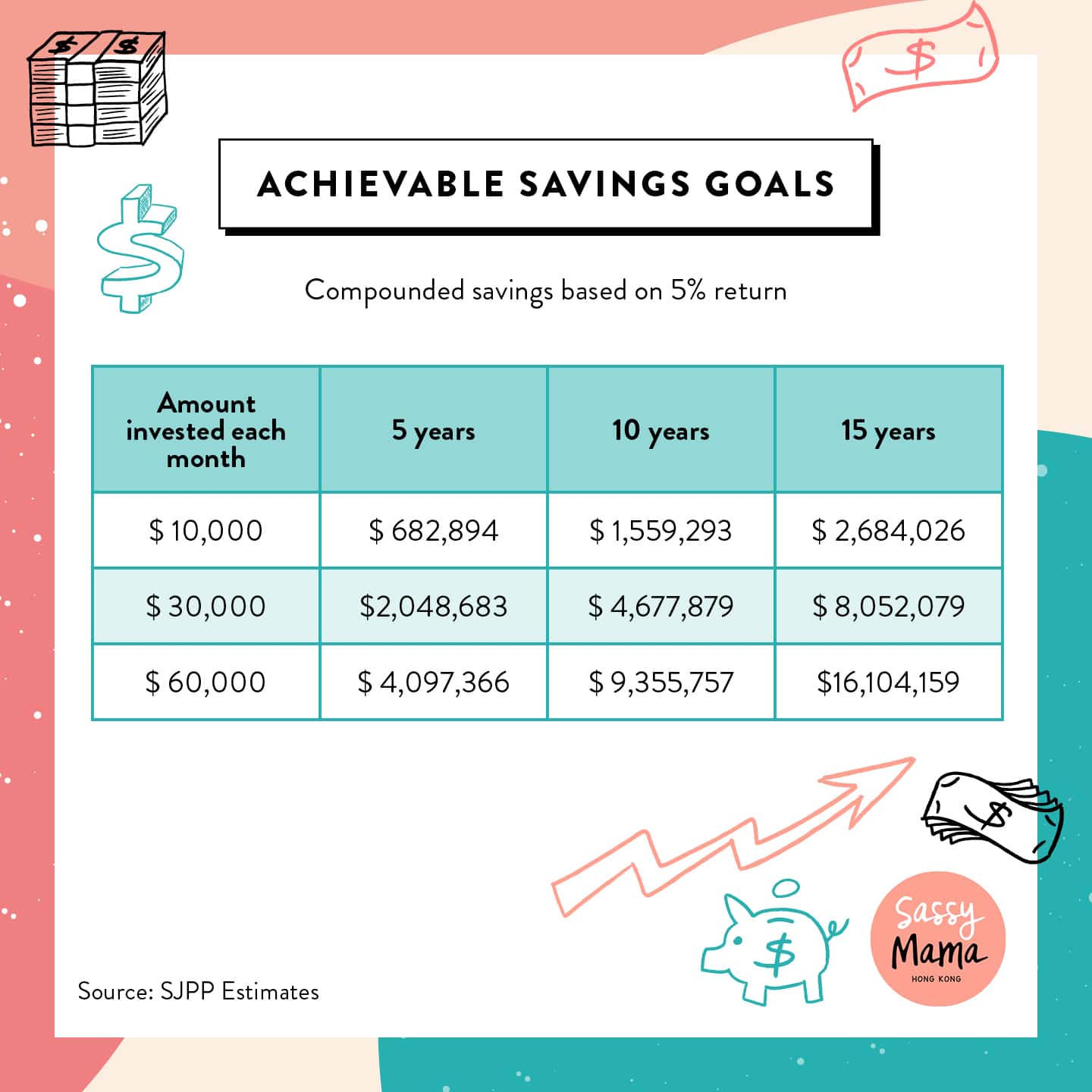
Plus, how to get your kids to be mindful of what they spend!
When it comes to thinking and planning for your child’s future, no one says it better than Winston Churchill – “Saving is a very fine thing, especially when your parents have done it for you.” We all want the best for the children in our lives. We don’t know what their future will hold or what they will eventually decide to do, but we do want to make sure we make and save enough money to give them the opportunity to do well and be happy.
Money isn’t everything. But it can give children a good education, open up opportunities and help them become established when they grow up. Starting to save now might be the difference between whether or not they can afford to do what they would like when the time comes. It’s one way that you can give them the best start in life.
Read more: 5 Ways To Financially Prepare To Be A Parent In Hong Kong

Global education trends
If you read reports like the HSBC Global Report on The Value of Education (2018), it’s interesting to note that nearly half of the parents in Hong Kong wish they had started saving for college earlier as they claim to spend over $400,000 on their child’s university education. The average student faces a funding gap of $143,620 and 83% of students are juggling work and study. No wonder then, saving for our children is increasingly becoming a necessity.
Also, in today’s globalised world, overseas university education is a real option. More than half of parents in Asia would consider sending their children abroad for further studies. This is supported by OECD data, where 47% of foreign students enrolled in tertiary education or higher education globally come from Asian countries. Studying abroad may be one of the most beneficial experiences for youth today, apart from helping them gain a world-class education. Living in a new environment helps students become independent, develop a global mindset, cultural sensitivity and the ability and willingness to take up challenges. In their time away from home, they can also learn self-reliance and financial prudence. All of these attributes are attractive to future employers and serve as stepping stones to a successful career.
So how much does it cost?
Let’s compare three popular destinations for overseas students – the US, Australia and the UK. We’ll compare what a student would pay in Hong Kong dollars for tuition, accommodation and other living expenses.
- USA
The US is one of the world’s most popular destinations for higher education – and also one of the most expensive. Tuition fees range from $40,000 to 10 times that amount per year. Most undergraduate degrees last four years so, on average, students are graduating with over a million dollars of debt, just in tuition fees. Accommodation and living costs depend on where they live and if the university is private or public.
- Australia
On average, sending your child to Australia to pursue an undergraduate degree will cost you $171,277 annually in tuition fees alone. The cost of living in Australia will cost you a minimum of $89,815 per year.
- United Kingdom
As per different international studies, for a foreign student in the UK, the average annual tuition fee is $148,525. Living in the UK will cost a further $123,266 per year.
Although a university degree for domestic students is notably cheaper at $93,460 per year, having a British passport doesn’t necessarily mean that your child will qualify as a home student.
Read more: 6 Things You Need To Consider For Your Teenager’s UCAS Application
Pitfalls of inadequate planning
Some parents do not feel the need to save for their children’s future as they mistakenly believe that an education loan is the solution to support them in their further studies. While these loans can help, parents often overlook the additional expenses that accumulate over time, such as accommodation, travel and living expenses.
Furthermore, many do not realise the burden of repaying a loan that they may pass on to their children. Graduates who have the responsibility to repay their loans could find themselves facing a decreased financial capacity to start a family or buy a house, which could also hinder their ability to start saving for retirement at an early age. Student loans are also frequently repaid with a fairly high-interest rate. In the UK, for example, it’s currently 5.4%. This can prolong the payment period by several years.
It is also important to note that tuition fees, not to mention housing and other living expenses, have soared in recent years, at a rate that dramatically outpaces inflation. Given this phenomenon, it is not realistic to expect that these costs 20 years from now will be the same as they are today.
Learning from experience
Referring again to the HSBC Global Report, The Value of Education (2018), we do have the benefit of hindsight of other parents:
- 49% of parents wish they had started saving earlier
- 48% of parents worry that they do not have the financial resources to support their child’s education
- 44% of parents wish they had saved more regularly
- 27% wish they had taught their children more about managing money (perhaps, by example?)
- 56% took fewer holidays to make savings to support their child at university
We all have a part to play in our children’s development. So, have you considered how you are going to fund this important stage in their lives? Depending on whether you want to pay the entire amount or fund a part of your child’s higher education, it is imperative you put a plan in place by setting aside a target amount for your children’s education needs.
Making a start
How much do you need to invest? Quite simply, as much as you can afford. The important thing is to start investing as soon as you can so that your money has plenty of time to grow. This is true whether you save on a regular basis or invest lump sums as and when you wish. It’s surprising how much even small amounts of money saved on a regular basis can grow given time.
Let’s look at an achievable amount of $10,000 per month. Set that aside for your child’s education and assuming a basic 5% growth rate, after five years, you will have $682,294. After 15 years, that amount will have grown to $2.6 million. If you have two or more children, you may consider a more aggressive target of saving $30,000 per month. In 10 years, you would have saved $4.67 million. That should be enough to see them through most of the top universities worldwide (and of course, you could push them to strive for scholarships!). Besides the necessity of saving, being fiscally responsible is also an important life lesson we can impart to our children. Let’s take a quick look at what your compounded savings could be, if you start now.

Read more: University Applications: Thinking Outside The Box
However you want to invest, you need to choose a simple, flexible way that gives you every chance of success in providing for your child’s future. Without a helping hand, your child’s hopes and dreams might remain just that. But with sensible financial planning, you can help make them a reality. One thing is certain – the earlier you start to save, the better their start to adulthood (financial and otherwise) will be. Do feel free to get in touch if you’d like to know more about how to start saving.
 View All
View All











 View All
View All





 View All
View All


 View All
View All
















